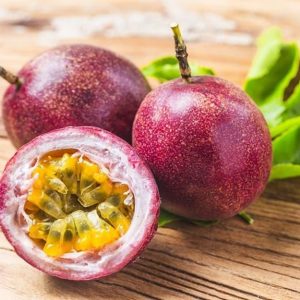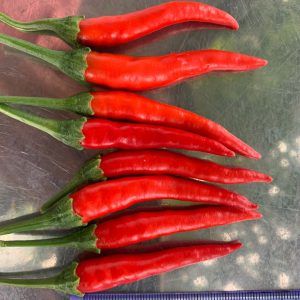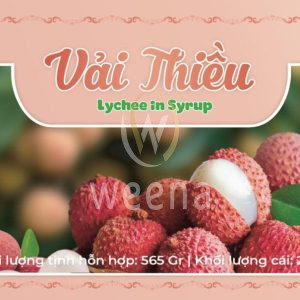Frozen pork ears
$0.00
Pork ears are a popular ingredient in Vietnamese cuisine, often used in various dishes for their unique texture and flavor. Here’s a description of pork ears and how they are typically sold in Vietnam:
- Appearance: Pork ears are thin, oval-shaped, and have a pale pinkish-white color. They are relatively flat and have a slightly curved, irregular shape. The skin of the ear may have some small hair follicles and wrinkles.
- Texture: When cooked, pork ears have a chewy and slightly rubbery texture. The outer skin becomes crispy, while the inner cartilage remains firm.
- Flavor: Pork ears have a mild, savory flavor with a hint of porkiness. They tend to take on the flavors of the seasonings and sauces used in the dish they are prepared in.
- Preparation: Pork ears are usually cleaned, boiled, and then sliced into thin strips or rounds. Some recipes may also involve grilling, frying, or braising the ears to achieve different textures and flavors.
- Usage: In Vietnamese cuisine, pork ears are a common ingredient in dishes like “Goi tai heo,” a Vietnamese salad made with thinly sliced pork ears, herbs, and a tangy dressing. They are also used in noodle soups and as a filling for Banh Mi sandwiches.
- Availability: Pork ears are readily available in Vietnamese markets and butcher shops. They are typically sold fresh or pre-boiled and sliced, making them convenient for home cooks.
- Safety: It’s important to ensure that pork ears are properly cleaned and cooked to avoid any food safety issues. Boiling or blanching the ears before using them in recipes is a common practice to ensure they are safe to eat.
When purchasing pork ears in Vietnam, you can ask for “Tai heo” (pork ears) at the market or butcher shop. They are often sold in small plastic bags or containers, either whole or already sliced, depending on your preference and cooking needs. Additionally, you may also find them in some Vietnamese grocery stores or supermarkets in larger cities.












Reviews
There are no reviews yet.